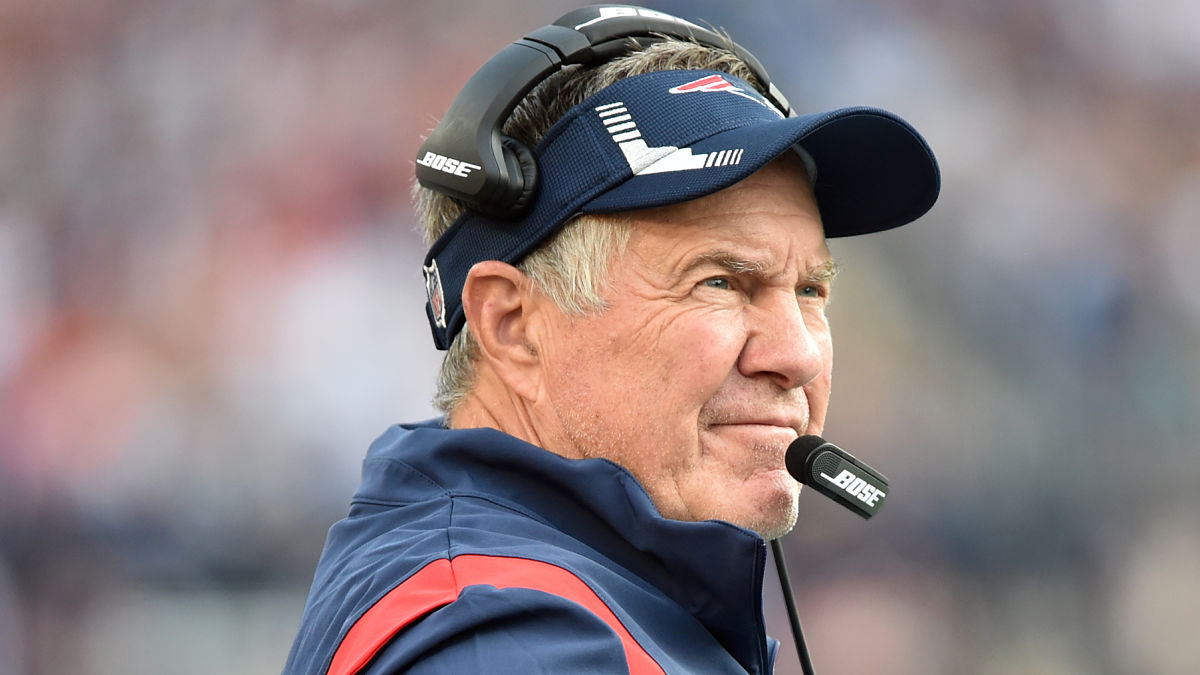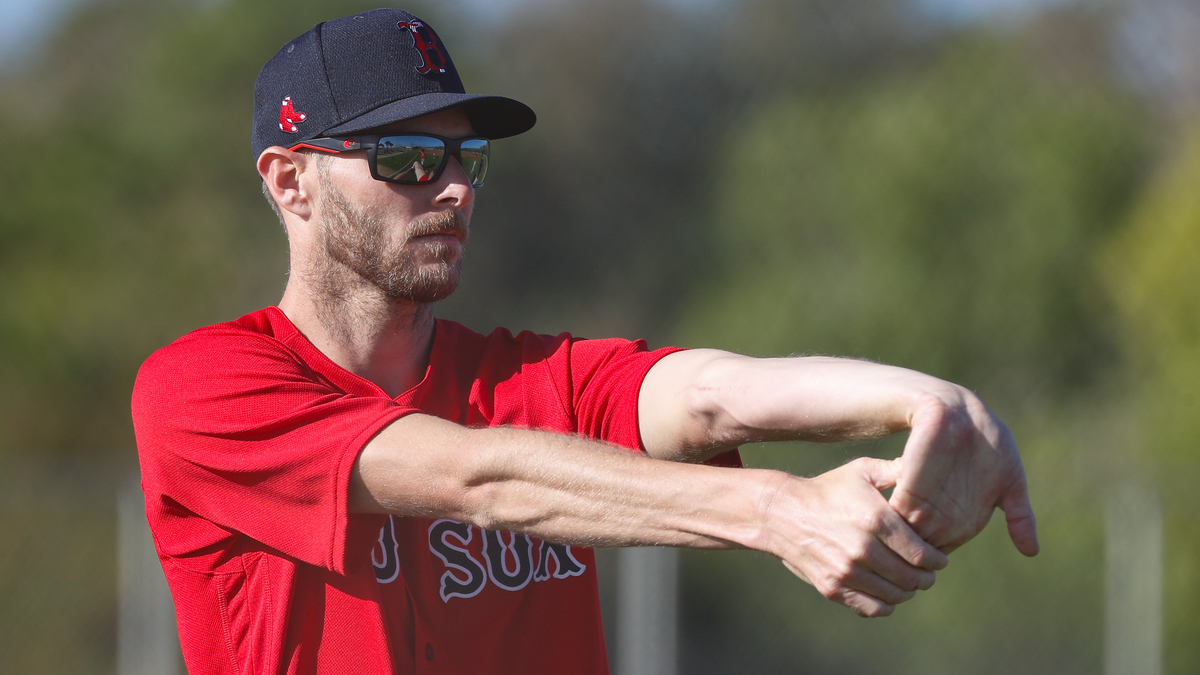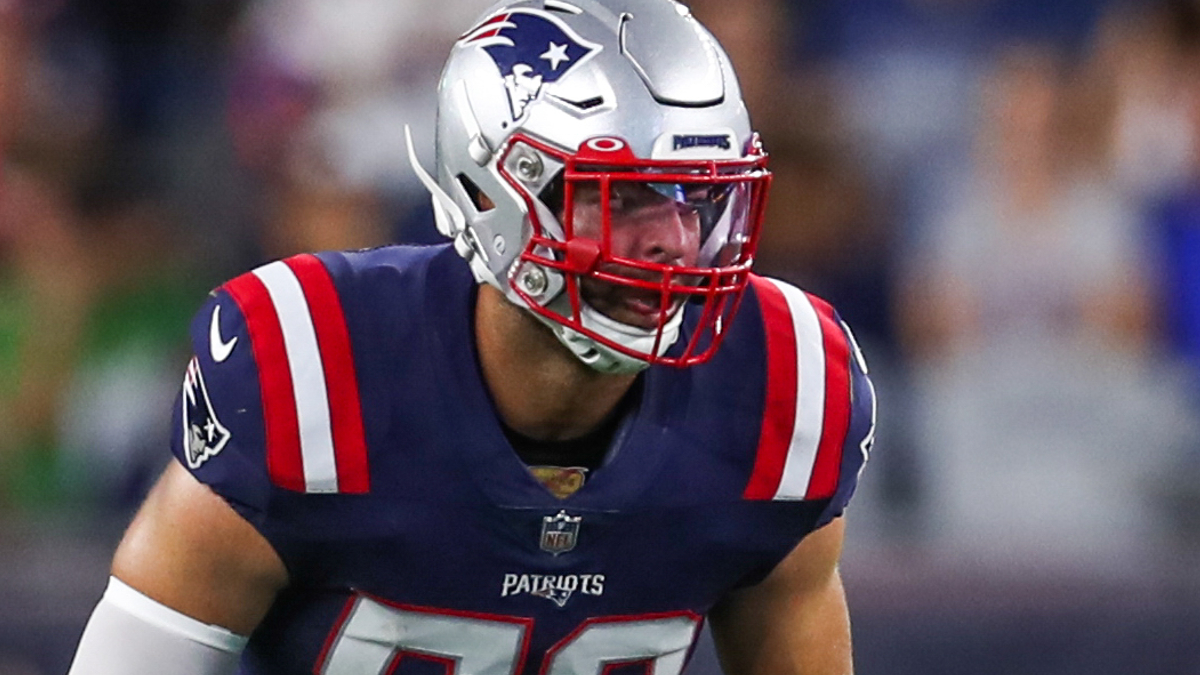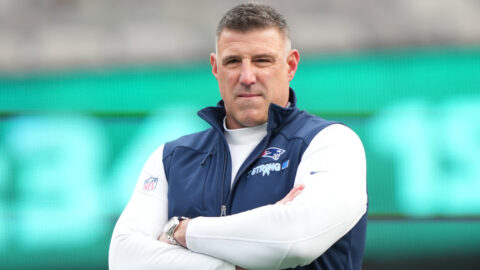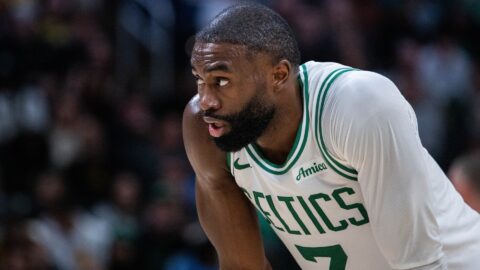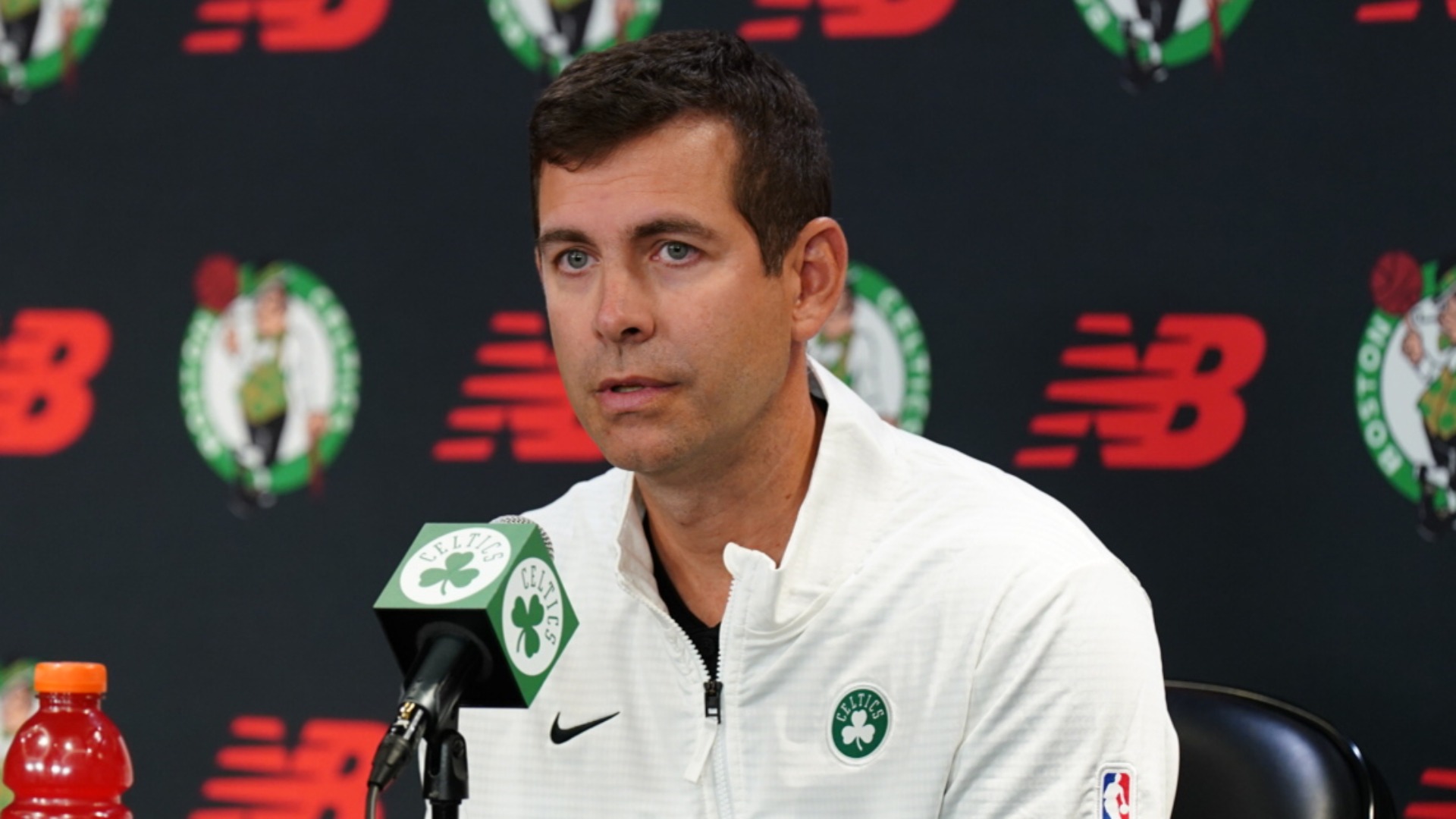New England Patriots head coach Bill Belichick was in his element Friday morning.
In his final video conference before Sunday's matchup with the New York Jets, Belichick was asked an off-topic question that combined his affinity for special teams with his love of football history:
Why do teams have specialized long snappers rather than train players from other positions to handle those duties, saving a roster spot in the process?
Belichick answered by sharing a comprehensive lesson on both the genesis of the long snapper position and the specialization of kickers and punters -- roles that, during the early days of Belichick's 47-year coaching career, often were filled by centers, wide receivers and quarterbacks.
His nearly 1,500-word response lasted nine full minutes and featured references to Pete Gogolak, Danny White, Tom Tupa, Gino Cappelletti, Steve DeOssie, Garo Yepremian, Lou Groza, Matt Ammendola and current Patriots punter Jake Bailey.
Here it is in its entirety:
"It's an interesting conversation. One that's really, I would say, honestly during the course of my coaching career, has kind of traveled that long and winding road from when I came into the league. First of all, there were no long snappers. The specialists, the kickers and the punters were frequently position players, and that's where they came from in college, as well.
"So a lot of the good college punters and placekickers also played a position, and then as time evolved, starting with (Pete) Gogolak and guys like that, you know, they specialized in kicking, and then you had some of the punters that specialized in punting. So players like Danny White and Tom Tupa and guys like that who were very good position players -- Gino Cappelletti -- that evolved into specialists because of, I would say, the importance of the kicking game, the number of plays that the kicking game and opportunities that it provided. Same thing with returners. There were very few just pure returners.
"I think long snapping, to me, changed in the mid-'80s, and really the key guy in that was (Steve) DeOssie, in my opinion, because Steve was the first center that really, truly allowed a spread punt formation against all-out rush. Prior to that, teams would generally pull -- first of all, there wasn't that many gunners -- but when teams started using gunners, they would pull one in and kick away from the free guy on the back side, and that was kind of the idea that protection was not to let the snapper block against a nine-man rush with a split player. The return team would have one guy on the gun or the split, and one guy returns, so you got nine guys rushing against essentially the punter, who wasn't a blocker, or the split guy, who wasn't a blocker, and the snapper, who really wasn't a blocker. So it was nine on eight, and the idea was to block the most dangerous eight and let the ninth guy go and punt away from him.
"Then when the Cowboys went to spread punt, and then the Cardinals followed that pretty quickly, and they kept two gunners split, and the snapper blocked a guy, then that created an eight-on-eight situation but put a lot of pressure on the snapper to deliver the ball 15 yards deep on the money and still block a good rusher offsetting in the A-gap. I mean, we've all seen offensive linemen have trouble making that block on a pass play, and so now you're talking about a deep snap and a block. But as players got better at that, that skill became more, I would say, players became more efficient at that, then teams decided to carry a long snapper rather than worry about getting a punt blocked.
"Plus, there was also a level of consistency and durability with those players, so if you lose a position player who is also a long snapper, you're looking at some real problems. And that evolved into the punters, for the most part, becoming holders because of the amount of time that they could spend with the kickers versus having a wide receiver or quarterback be the holder, which, again, you don't see very much of that anymore. Assuming a punter is, you know, capable and good enough and has good enough hands to be the holder, and so then that kind of whole unit has really evolved into, you know, specified snapper or a specified kicker, a specific punter, and generally the punter as the holder, so the three of those guys could work together all practice because they're all available. I know, again, going back to when I first came into league, you worked on field goals, and, I mean, it was maybe five minutes because that was only time the starting center and the starting receiver or backup quarterback or whatever were available to practice that.
"So, like, is it that hard? It's a pretty hard job. Yeah. It's a pretty hard job. It's not as hard as it used to be because you're not allowed to hit the center, especially on field goals and run them over. There are some limitations on the punt rush based on what the formation is and so forth, but generally speaking, it's a hard block, and I think you see most punt rushes attack the snapper. They loop guys back so the center thinks he's going right, but then he has to come back to the left, or maybe they fake like they're coming back, but they don't come back, so he not only has to snap, and so then that gets into whether you're a blind snapper and you look at the rush and just snap the ball, or whether you're a look-back snapper and snap it, and then after the snap, you have to look up and recognize what's happened and make a proper block. But again, it's man-to-man blocking. Like, that guy's got to block somebody or you're a guy short, so it is a hard job, and the accuracy of the placekickers through the years, which has gone up dramatically.
"Part of that's the surface. Part of that's the not kicking outdoors and so forth. Part of it is the operation between the snapper, the holder and the kicker, which I would say, generally speaking, is at a pretty high level, which it should be in the National Football League. I think if you go back and look at kicks from back when that wasn't the case, you see balls rolling back and the holder coming out of a stance that catch the ball and the kind of things you see at times in a high school game and that kind of thing. There's just a much higher level of skill, which there should be. But yeah, I think it's a pretty tough position, and nobody knows or cares who the snapper is if there was a bad snap and all of a sudden, that's front-page story. There's a decent amount of pressure on that player, as well, and not just the snap, but also, as I said, to the block and punt protection.
"The roster sizes have increased. It's been a lot easier to carry that player just like it's a lot easier to carry a true returner, and so in terms of depth and availability, you know, you really don't want to be looking for one of those players in the middle of any time -- in the middle of the game or middle of the season. But when you have him as a starting receiver, Lou Groza, a starting tackle, or whoever, those guys and they're playing and something happens and not only do you lose a player, but you lose a key specialist as well.
"So, yeah. I mean, it's a great question. There would be so much value in a player that could do a couple of things and save a roster spot, but I would say there are so few of those players available, even at the point where, you know, (Jets kicker Matt) Ammendola did a great job last week. It's so rare that you even see a combination punter and placekicker. Usually, it's one or the other, and I think part of that is at one level it's, I'll say, relatively easy to put your foot on the ball, but at this level, you know, the difference in kicking mechanics and punting mechanics are so different that it's really hard to be good at both. But if a guy's got a good leg and he's a good athlete and he can make good contact with a ball, there's a point where, high school, college, that maybe it's good enough. Maybe he's the best guy on the team to do that. But I'd say at this level, that will be asking a lot.
"Now, Jake (Bailey) can punt. Jake can kick off. Jake can kick field goals. To be at the kind of level you want it to be at, to have the person split their time between the two of those, again, I think is a lot to ask. I'm not saying it's impossible or unheard of, but it's a lot to ask, and that's why you don't see it very much.
"That's a good question. It's really interesting, and I'd say if you look at the evolution of those positions since I've been in the league, but even a little bit before then, because that's really where it started to go was in the late sixties. I think Gogolak was the first, or one of the first, where that trend really started to, OK, we're just going to keep a guy, and all he does is kick. (Garo) Yepremian and guys like that. That's all they did. That was a little bit unusual, but, you know, gradually that has become the new normal."

